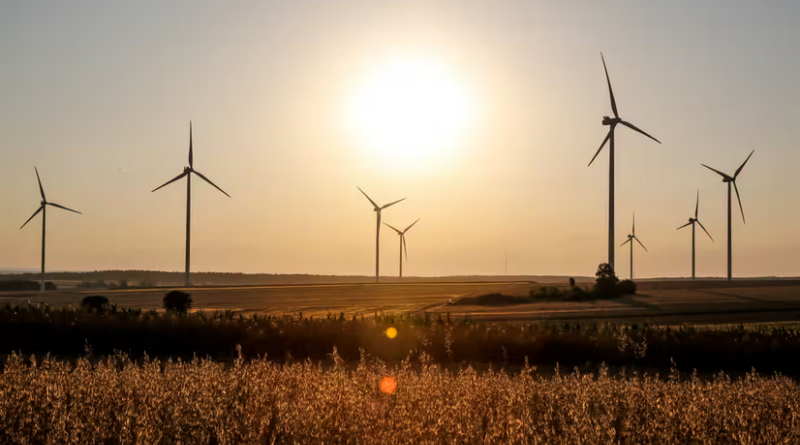Andrea Hahmann, a scientist at Denmark Technical University who co-wrote an IPCC report chapter on energy systems, said the development was “significant but not surprising”.
“Strong winds were prevalent during the first six months of 2024 in northern Europe, where most wind energy is generated,” she said. “The ‘crossing of the lines’ demonstrates that the EU’s electricity transition is possible, and we should not give in to pessimism. The renewable energy targets that must be met are substantial but achievable with the proper policy measures.”






